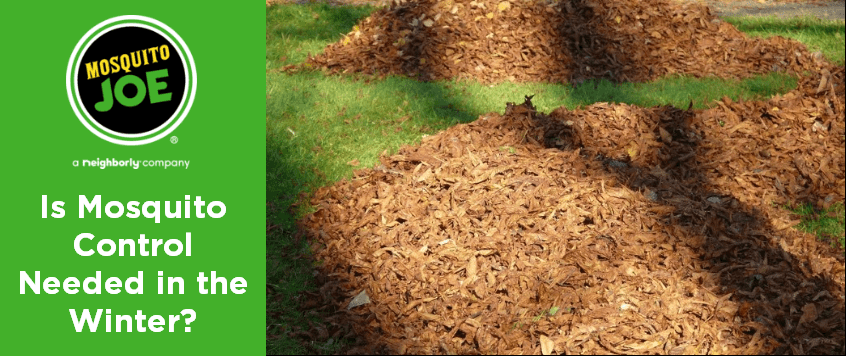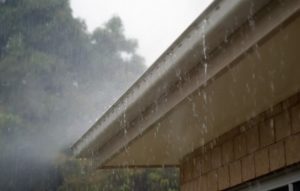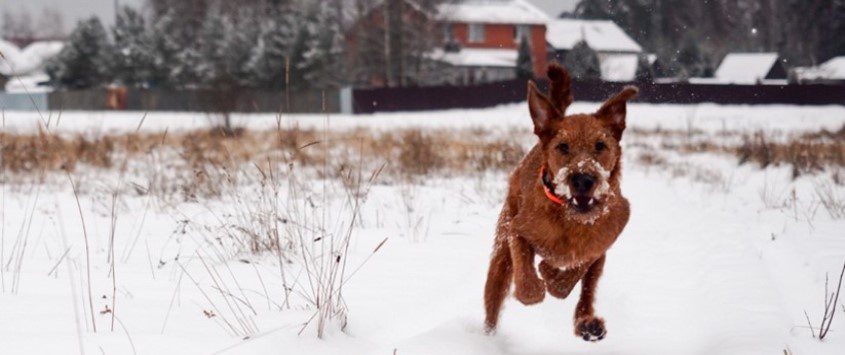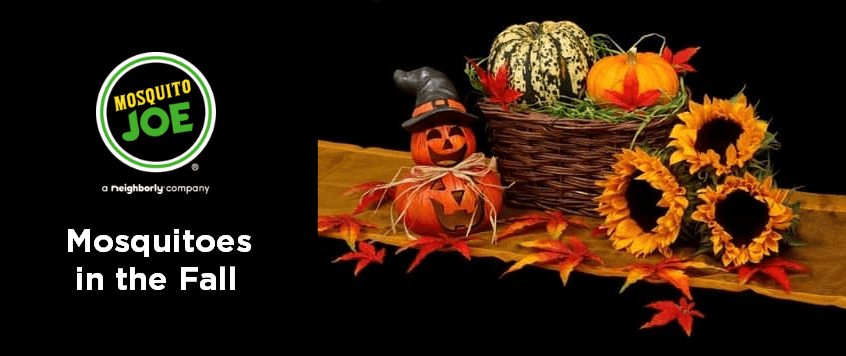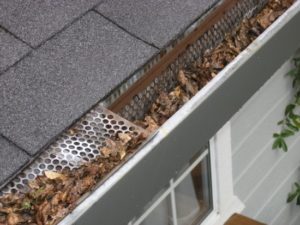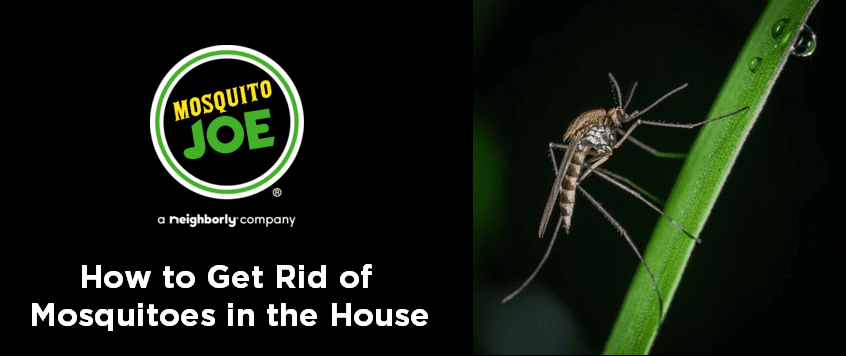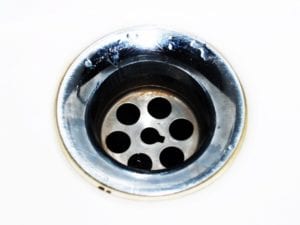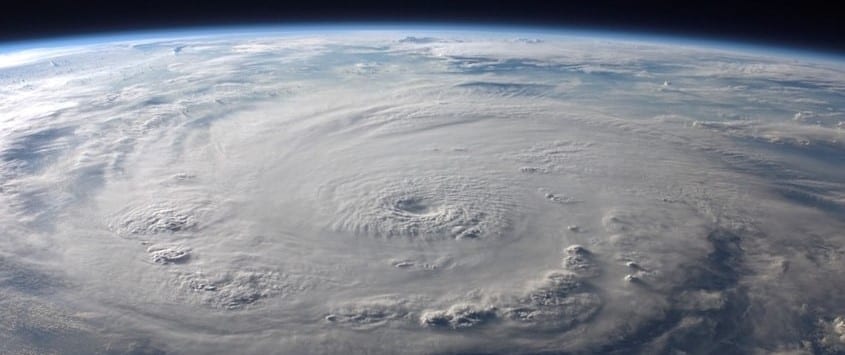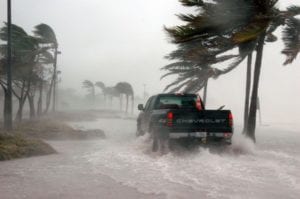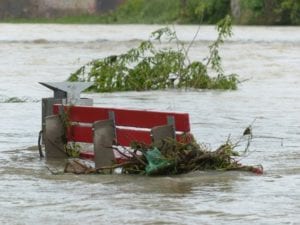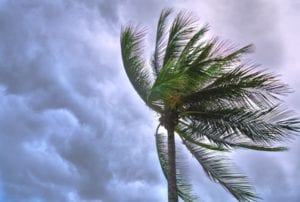Is Mosquito Control Needed in the Winter?
 Here at Mosquito Joe of S Brazos Valley, we ALWAYS let our customers choose what they want to do with their accounts. We don’t have contracts and we always let our customers make choices about when they want service and when they don’t. Having said that, we are here to advise and educate – one of the questions we get a lot is, “do we really need you guys in the winter?”
Here at Mosquito Joe of S Brazos Valley, we ALWAYS let our customers choose what they want to do with their accounts. We don’t have contracts and we always let our customers make choices about when they want service and when they don’t. Having said that, we are here to advise and educate – one of the questions we get a lot is, “do we really need you guys in the winter?”
Mosquito activity is temperature-dependent and it’s pretty easy to guess our answer based on this information. Two things are required for them to hibernate: a week of temperatures under 55 degrees, or 3 deep freezes in a row. Until either of these things happen, the mosquito is a happy camper.
While it is true that higher temperatures drive the population up, the same can be true for stagnant water and moist soil. In the winter, the leaves and pine needles on the groundwork drive up this issue – keeping the ground from drying up and providing shade and moisture that mosquitoes love. Gutters tend to get clogged and hold water as well and we struggle to keep up with them as the leaves fall. For those with gutter covers, you are not safe either. The leaves and debris that land on top of the covers will get wet and break down. These particles form a nasty sludge in the gutters that often gets overlooked.
So, the short answer is yes, you need mosquito control in the winter here in Texas since our winter is mild in comparison to other areas of the country. You know you are in Texas when you get bitten on Christmas Day.
Since temperatures vary every year, Mosquito Joe will treat unless you don’t need the service – a good example is the snowpocalypse earlier this year. The temperatures were cold enough that mosquitoes were hibernating, so we let all our customers know they didn’t need service. But as soon as the temperatures hit that 55-degree mark, mosquitoes went back to normal, and we resumed service.
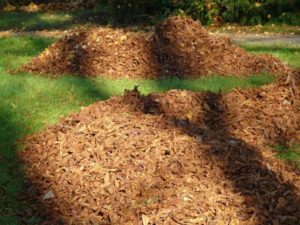 There are some things you can do to minimize issues in the winter, and they all involve yard maintenance (sorry):
There are some things you can do to minimize issues in the winter, and they all involve yard maintenance (sorry):
- Rake often and well. The less leaf litter you have, the less wet soil to encourage egg-laying.
- Avoid the desire to pile up the leaves in the corner of the yard – this will just make things worse.
- If you have gutter covers make sure you use a hose to flush them out after the leaves have fallen. Repeat this in the spring to minimize issues as the temperatures heat up.
- Check your gutters often – and don’t forget the downspouts. If enough leaves fall in them, they can get blocked, and the result is a pipe full of water. We see this a lot and it creates a huge mosquito issue. It’s also impossible to treat since our technicians can’t get to that water.
- Speaking of maintenance, make sure your gutters are flowing correctly and not holding water. Over time, and especially if they get full of debris, the gutters can start angling incorrectly so that they hold water rather than flushing it off the roof.
- Avoid piles of branches and brush if you take advantage of the cooler months to trim down shrubs. The same issue will result in terms of shade and moist ground.
- Make sure that your plant pots, wheelbarrows, yard debris, and kid toys are all put away or stored upside down.

